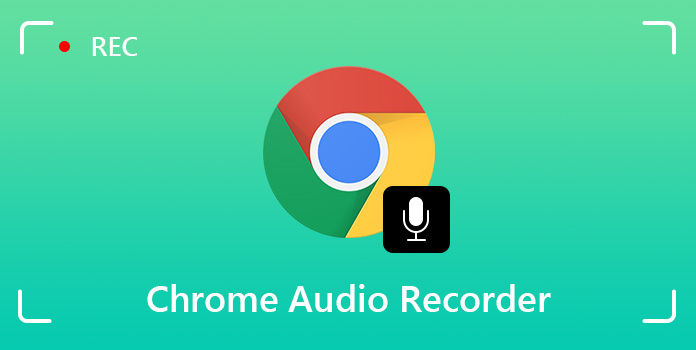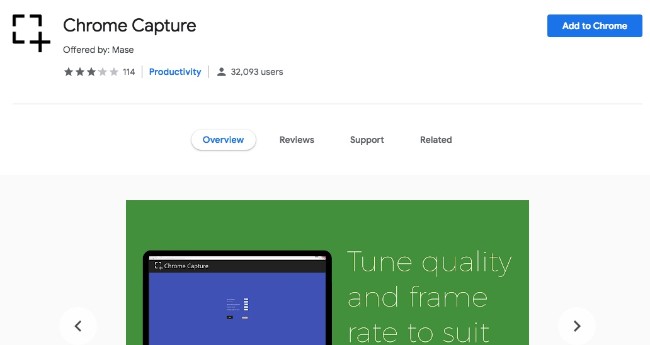

Provide the screenLocalTrack when connecting.Ĭonst stream = await getUserScreen(, 'your-extension-id') Ĭonst screenLocalTrack = new LocalVideoTrack(stream.getVideoTracks()) * then use the sourceId to call getUserMedia.įunction getUserScreen(sources, extensionId) = require('twilio-video') * if successful, responds with the sourceId of one of the specified sources. * This function sends a "getUserScreen" request to our Chrome Extension which, * Get a MediaStream containing a MediaStreamTrack that represents the user's Consider removing it once you're done developing your extension. This is useful during development, but you may not want to publish your extension with this value. Note that we've included " ://localhost/" in our manifest.json's "externally_connectable" section.


Android chrome screen recorder free#
For more information on manifest.json, refer to Chrome's documentation on the manifest file format otherwise, feel free to tweak the example provided here. This file grants our extension access to Chrome's Tab and DesktopCapture APIs and controls which web apps can send messages to our extension. manifest.jsonĮvery extension requires a manifest.json file. For more information refer to Chrome's documentation on background pages. This file will be responsible for handling requests. Our extension will run extension.js in a background page. Our web app's logic for creating twilio-video.js Clients, connecting to Rooms, and requesting the user's screen will live in this file. This HTML file should load web-app.js and twilio-video.js. Since our web app will be loaded in a browser, we need some HTML entry-point to our application. Note: If you are adapting this guide to an existing project you may tweak the structure to your liking. For example, the following "getUserScreen" request will prompt access to the user's screen, window, or tab: (We could choose any string for the message type, but "getUserScreen" bears a nice resemblance to the browser's getUserMedia API.) Also, Chrome allows us to specify the DesktopCaptureSourceTypes we would like to prompt the user for, so we should include another property, sources, equal to an Array of DesktopCaptureSourceTypes. We want to distinguish these requests from other types of messages, so we will set its type equal to "getUserScreen". Since we want to enable Screen Capture, the most important message our web app can send to our extension is a request to capture the user's screen. Our web app will send requests to our extension. By convention, every message passed between our web app and extension will be a JSON object containing a type property, and we will use this type property to distinguish different types of messages. Specifically, our web app will be responsible for sending requests to our extension using Chrome's sendMessage API, and our extension will be responsible for responding to requests raised through Chrome's onMessageExternal event. Our web app and extension will communicate using message passing. Chrome (71-): Build a Screen Share Extension
Android chrome screen recorder android#
However, it can be achieved through the iOS SDK and Android SDK. Screen Share Not Supported on Mobile Web BrowsersĬurrently, we do not support Screen Sharing on Mobile Browsers as getDisplayMedia is not supported. User Identity & Access Tokens for Programmable Video


 0 kommentar(er)
0 kommentar(er)
